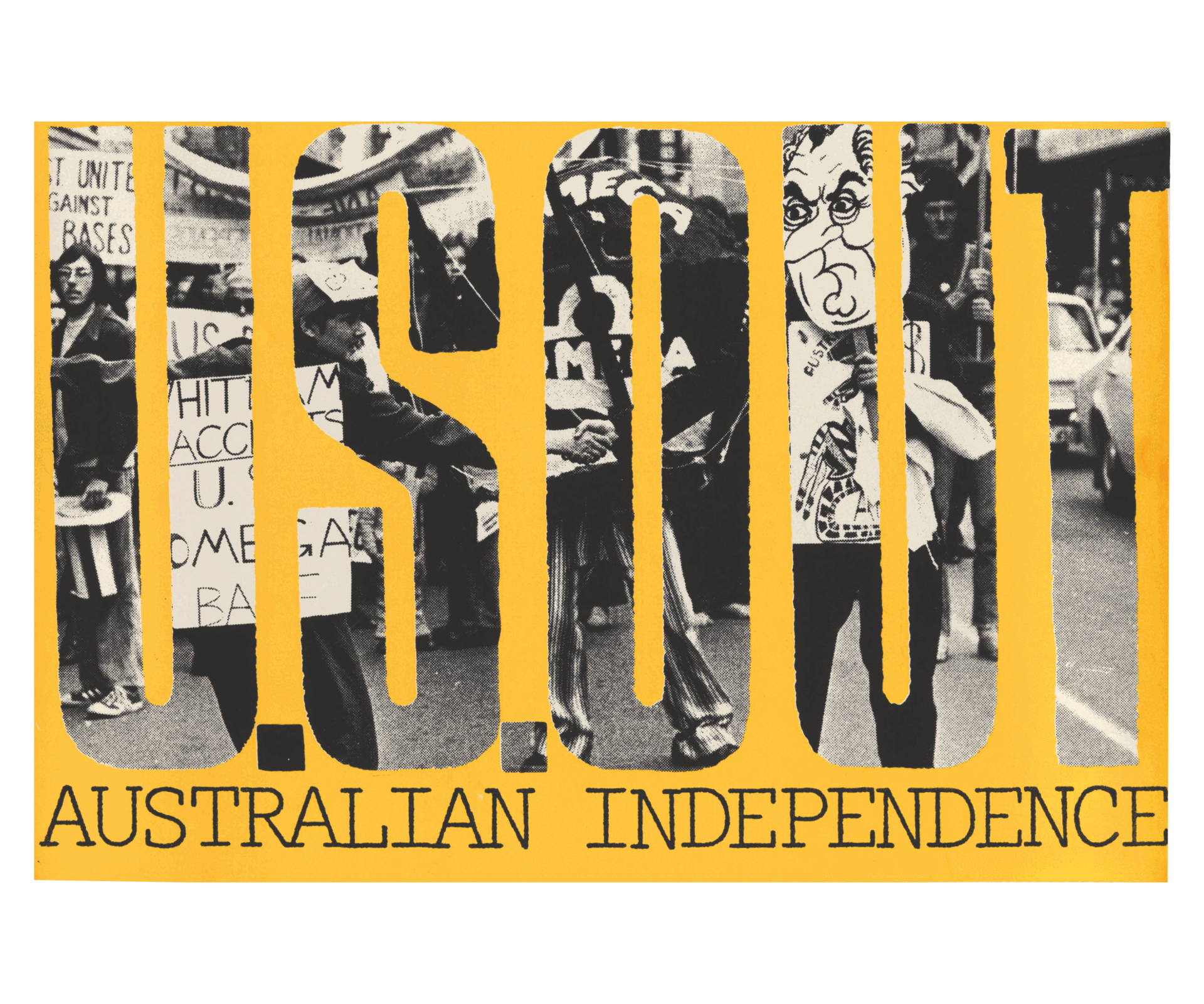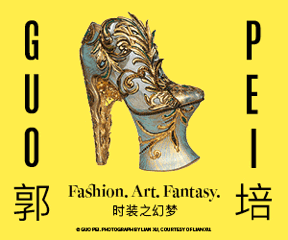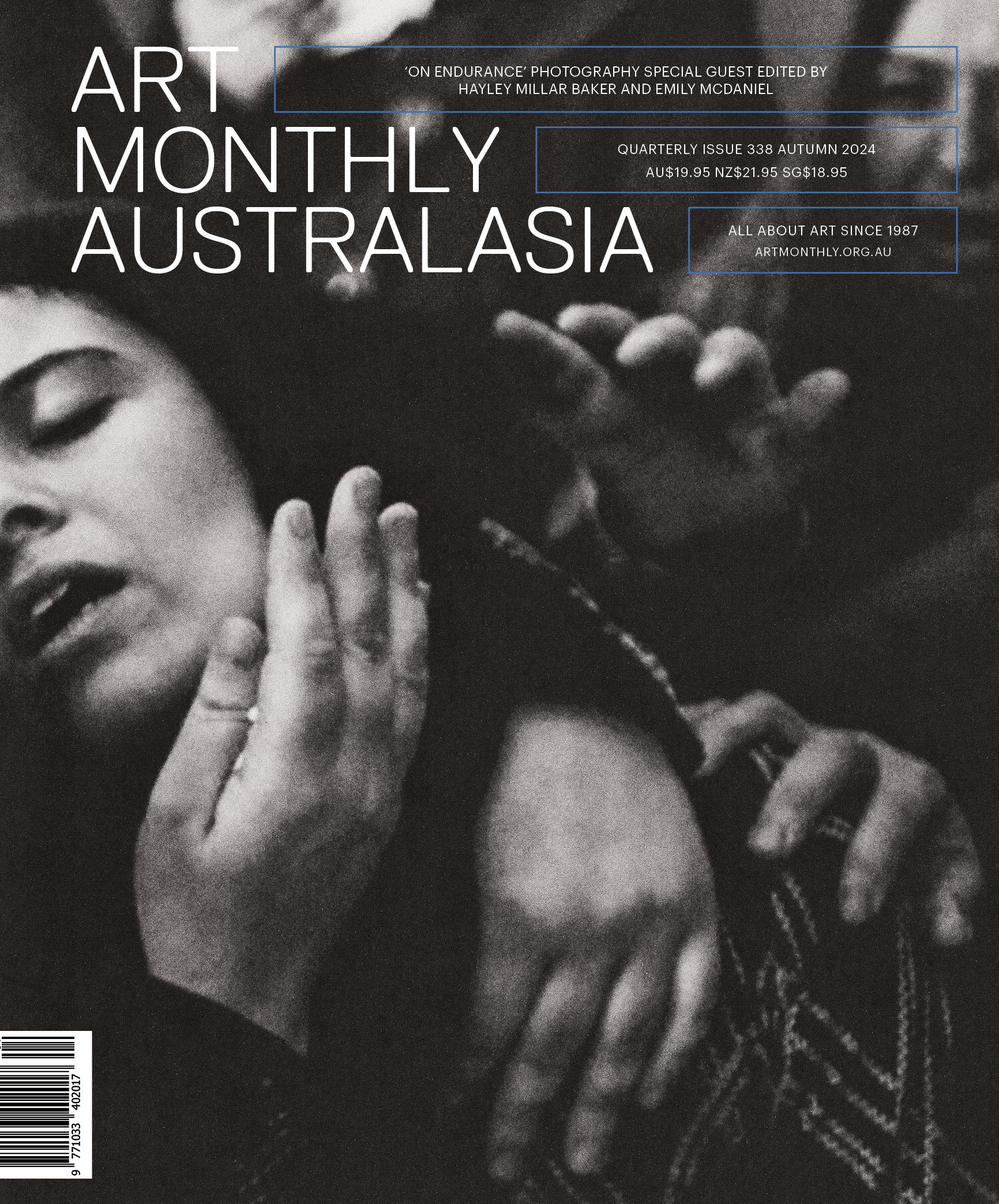Empire strikes back: ‘Australia’s Impressionists’ at the National Gallery, London
/Australia’s Impressionists, exhibition installation view, Sunley Room, National Gallery, London, 2017; image courtesy and © The National Gallery, London
In the centre of London are two shows of Australian art within half a kilometre of each other. At the Institute of Contemporary Art (ICA) is ‘Helen Johnson: Warm Ties’ (until 16 April), an installation of six large canvases, while at the National Gallery is the survey, ‘Australia’s Impressionists’ (until 26 March). Both exhibitions examine Australia’s fraught relationship with the British Empire and jarringly reflect it back onto its place of origin. In one large Johnson painting, a man masturbates as the lyrics to the national anthem are whispered in his ear. By contrast, the National Gallery’s three-room flourish of fetishistic colonial nostalgia seems another needless stroke of the colonising male ego.
Solely comprised of paintings by Charles Conder, Tom Roberts, John Peter Russell and Arthur Streeton, ‘Australia’s Impressionists’ illustrates how tropes of European modernity are unilaterally retrofitted onto Australian landscapes and cultures. Nonetheless, once our cultural cringe is suspended, the work inflicts a savage beauty. The first room sets muggy Roberts paintings of London against works made in the sharp light of Melbourne. In the second room, the azure blue and reverberating hues of Streeton’s monumental Fire’s on (1891) dominate. The work’s cavernous punctum – a dead worker being hauled from an unfinished tunnel – is a metonym for the exhibition’s core obsession: hyper-masculine colonial labour pitted against an unforgiving landscape. The final room capitulates on Australia and focuses exclusively on Russell’s work in Europe. Bookending the show with the art-historical security of Europe reads as a futile attempt to naturalise the virulent Australian strain of impressionism within the hegemony of the larger ‘ism’.
Didactic wall texts throughout assert that plein-air painting galvanised national identity in pre-federation Australia – ‘it went hand in hand with a sense among the non-indigenous population of a nation coming of age’. The oversimplified statements are often bereft of any serious critical consideration beyond European purview. Near the end of a text in the second room, 50,000 years of Aboriginal culture is distilled into a politically correct epithet – this is unfortunately the exhibition’s self-reflexive zenith.
At the cold heart of a bygone empire the English persist with their retreat into obscurity with ‘Australia’s Impressionists’. The exhibition promulgates an excessively confined view of Australian identity. The walk to the modest Helen Johnson installation at the ICA provides both a breath of fresh air and a much-needed reality check. In 2017, Australians need to interrogate whether an old, unilaterally white, and exclusively male view of Australian culture should be rehashed – unmediated – in one of the world’s most visited museums.
Janis Lejins, London



























